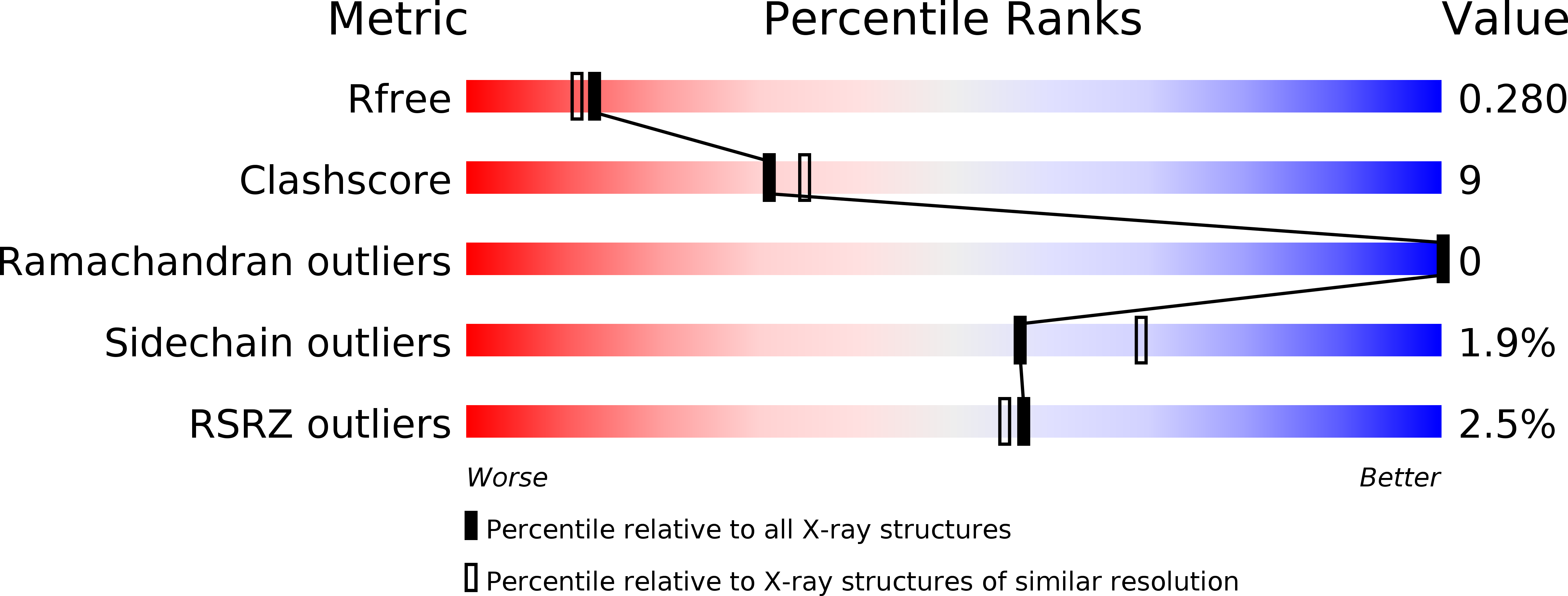
Deposition Date
2012-04-16
Release Date
2013-02-20
Last Version Date
2024-04-03
Entry Detail
PDB ID:
4EOY
Keywords:
Title:
Plasmodium falciparum Atg8 in complex with Plasmodium falciparum Atg3 peptide
Biological Source:
Source Organism:
Plasmodium falciparum (Taxon ID: 36329)
Host Organism:
Method Details:
Experimental Method:
Resolution:
2.22 Å
R-Value Free:
0.27
R-Value Work:
0.20
R-Value Observed:
0.20
Space Group:
P 1 21 1


